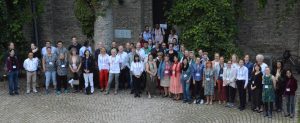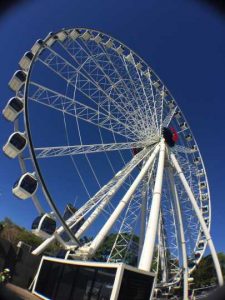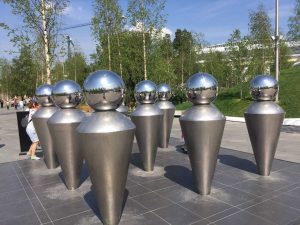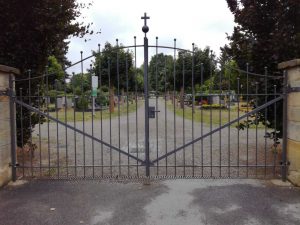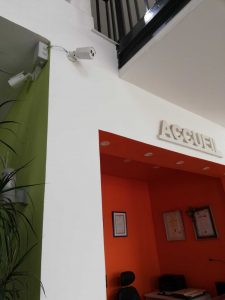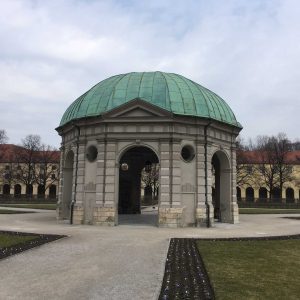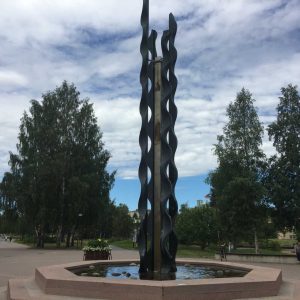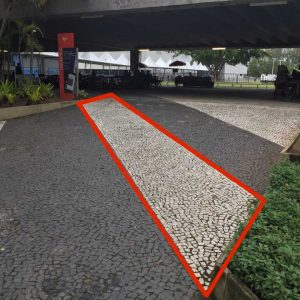This week MCM is talking with Christian Mercat about the Task of the Week located in Nabeul, Tunisia.
What is the task about?
There are video surveillance cameras that can be monitored in the lobby over the shoulder of the guard. The task is to find the opening angle of the camera. It happens to be 90° so there are many ways to validate that but to actually measure it, it’s not that easy and pretty cool. One has to identify a left plane, a right plane, find some points on it, for example elaborate an isosceles triangle with the camera as the vertex, then apply some trigonometry, or report theses values on a sketch, in order to evaluate the angle, whether through calculus or with the help of a protractor. It was really fun because the students had to collaborate in order to identify the left and right planes, shouting in the corridor, one looking at the monitor, the other moving slowly to the left or right.
For what purpose was the task created?
The purpose of the task is to measure an angle. But the issue here is that the observer can not be physically at the center of the angle. Therefore the usual ways to measure an angle, using for example your hand span with your stretched arm, doesn’t work here. Moreover the camera is too high, therefore constructing a sketch is not that easy, in order to be accurate, one has to deal with several angles or distances, in different planes, for example one has to apply the Pythagoras theorem in order to get a distance.
What do you like about MathCityMap?
Here the geolocalisation is not that necessary since a simple picture is clear enough to locate the camera we are talking about. What I like is that we can have hints that guide you when you are stuck and you have retroaction so that you can refine your first guess.



